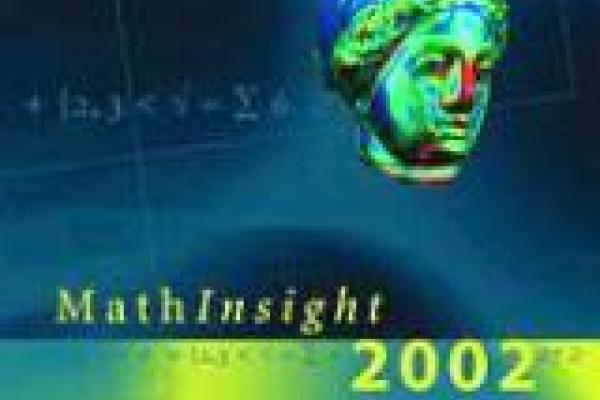Review


'MathInsight 2002 Calendar'
It's worth pointing out right at the start that this wouldn't be a particularly good choice of calendar if you actually want to keep track of the year. The calendar is large (A2 size) but the days of the month occupy only a 1cm-high section of each page - and the day names aren't even included, just their numbers.


